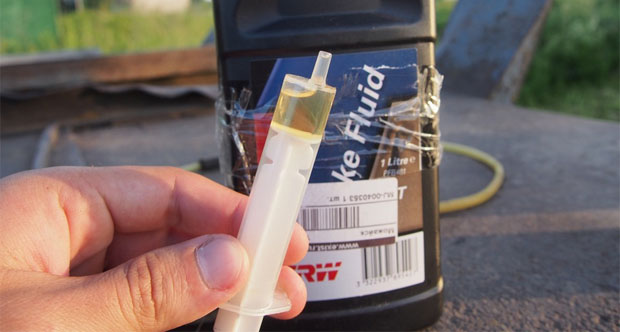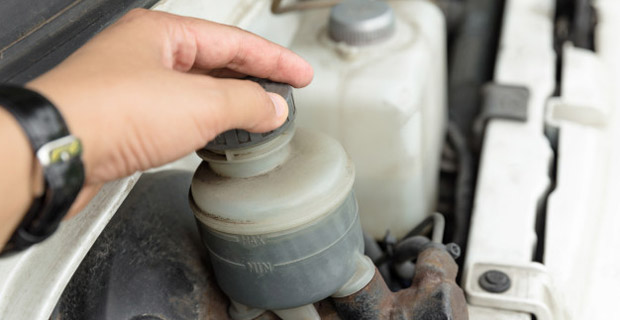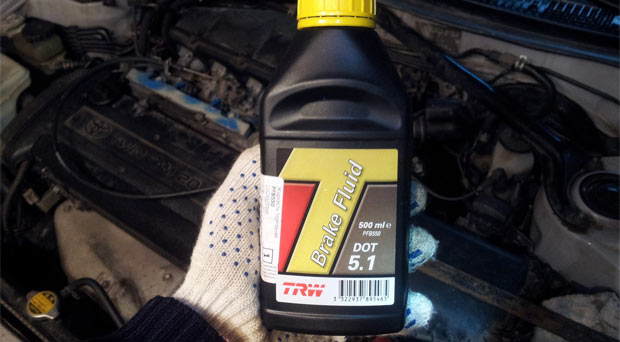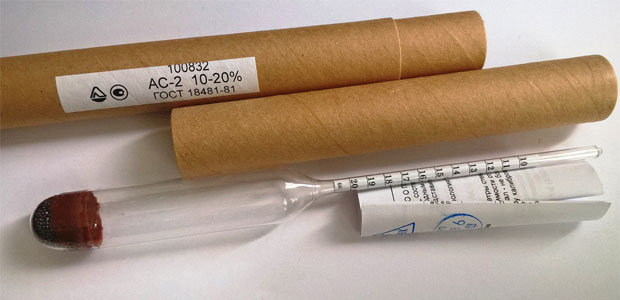
The density of the brake fluid. How to measure?
Content
Density of DOT-4 brake fluid and other glycol formulations
The density of the most common brake fluid today, DOT-4, under normal conditions, varies from 1,03 to 1.07 g/cm3. Normal conditions mean a temperature of 20 °C and an atmospheric pressure of 765 mmHg.
Why can the density of the same liquid according to the classification vary depending on the brand under which it is produced? The answer is simple: the standard developed by the US Department of Transportation does not set strict limits regarding the chemical composition. In a few words, this standard provides for: the type of base (for DOT-4 these are glycols), the presence of antifoam additives, corrosion inhibitors, as well as performance characteristics. Moreover, in the performance characteristics, only the value is specified, below which one or another liquid parameter should not fall. For example, the boiling point for fresh (without water) DOT-4 should be at least 230°C.


The remaining components and their proportions form the difference in density that can be observed in liquids from different manufacturers.
Other glycol based fluids (DOT-3 and DOT-5.1) have the same density as DOT-4. Despite the differences in additives, the base component, glycol, makes up about 98% of the total. Therefore, there are no significant differences in density between different glycol formulations.


DOT-5 Silicone Fluid Density
DOT-5 fluid consists of a silicone base with the addition of additives for various purposes, generally the same as in other formulations for brake systems.
The density of silicone fluids used to create working compounds for brake systems is less than that of water. Approximately it is 0,96 g/cm3. It is impossible to determine the exact value, because silicones do not have a strictly defined length of siloxane units. The situation is similar with polymers. Up to 3000 links can be assembled in the chain of a silicone molecule. Although in fact the average length of the molecule is much less.
Additives somewhat lighten the silicone base. Therefore, the density of a ready-to-use DOT-5 brake fluid is approximately 0,95 g/cm3.


How to check the density of the brake fluid?
It is difficult to imagine who and for what purposes outside of industrial conditions may need such a procedure as measuring the density of the brake fluid. However, there is a method for measuring this value.
You can measure the glycol composition with the same hydrometer designed to measure the density of antifreeze. The fact is that ethylene glycol, a related substance, is used as a working basis in antifreeze. However, the error will be significant when using this technique.


The second method will require accurate scales (the smaller the division scale, the better) and a container that fits exactly 100 grams (or 1 liter). The measurement procedure in this way is reduced to the following operations.
- We weigh dry, clean containers on the scales.
- Pour in exactly 100 grams of brake fluid.
- We weigh the container with liquid.
- Subtracts the tare weight from the resulting weight.
- Divide the value obtained in grams by 100.
- We get the density of the brake fluid in g / cm3.
In the second way, with a certain degree of error, you can measure the density of any liquid. And do not forget that the density is largely affected by the temperature of the composition. Therefore, the results of measurements taken at different temperatures may vary.


Watch this video on YouTube
